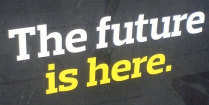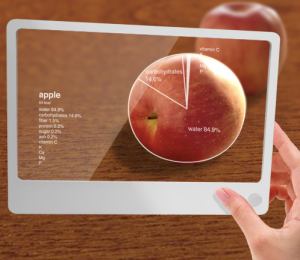Happy Monday!
As most digital marketers now know, Facebook Insights has been upgraded. If your content strategies are driven by what consumers are saying &/or engaging with (we hope this is everyone…), this is great news & can be a useful tool for your team!
There are many websites & blogs talking about this, mostly regurgitating what Facebook sent out in their original announcement, which you can check out here. While working on the June social media report for Aidmatrix Digital Ball (check out this awesome, philanthropic event in November!) our team dove into the new insights, & we wanted to share our internal notes highlighting some of the updates we see valuable. So, here they are in pretty much the same way we emailed them internally — enjoy!
- The “Overview” nav is straightforward and nothing too useful at this level (other than general updates we’re use to). That said, the sub-nav once you click into something (“Page Likes”, for example) is pretty sweet.
- From the “Overview” nav, when you click down into “Page Likes”, “Post Reach” or “Engagement” that’s when it starts to get cool. The first thing you’ll notice is how to change the dates — it’s just a slick sliding scale you simply drag with the mouse which is really convenient for assessing spikes, drops, etc.
- Within the “Page Likes” tab at the bottom is the “Where Your Likes Came From” section. This will provide some valuable info for any brands (definitely some of our retail/resto brands) putting a lot of emphasis on mobile engagement.
- From here, you can click over into the “Page Visits” tab which is even cooler — telling you what tabs on the page people hit, breaking out check-ins really nicely & graphically representing “External Referrals”.
- Now, let’s look under the “Posts” nav. Within this, under the “All Posts” sub-nav, you can toggle the “Reach” section to a couple different options. The one I find interesting is the “Fans/Non fans” options as this shows the breakdown of your reach in great detail. You can see what was engaging within your fan base but, more importantly, what was popular outside of the current fans to then reach new consumers & grow the network.
- While we’re talking about toggling here, the “Engagement” tab has an option to show us the number of “Post Clicks”. From what I recall, we have always just been able to see likes, comments or shares, but this now allows us to show how many people clicked into the post, regardless of whether they took any action. It’s great to know how many people are technically making a click commitment to posts (where we couldn’t have known this before), but we can also dive in to see the % of how many click vs. like/comment/share, etc. All good things to dive deeper into.
- Also under “Engagement”, you can toggle this to provide an “Engagement Rate” to save time on calculating it. This also takes into account the clicks mentioned above.
- The “When your Fans are Online” tab is a cool visualization showing optimal times to post based on the page fans habits, instead of industry norms & guesstimates.
- The “Best Post Types” is really just a clean summary of the “All Posts” section, but will definitely save some time.
- The last nav button, “People” (so there is Overview, Page, Posts, People), has all the demo information, but also has cool “People Reached” & “People Engaged” tabs which show those things as subsets of your total demo — pretty cool stuff.
If you think we missed something that could be valuable for others — or you have some tips outside of these — please let us know in the comments!
Have a great week,
The SPYCH Team









